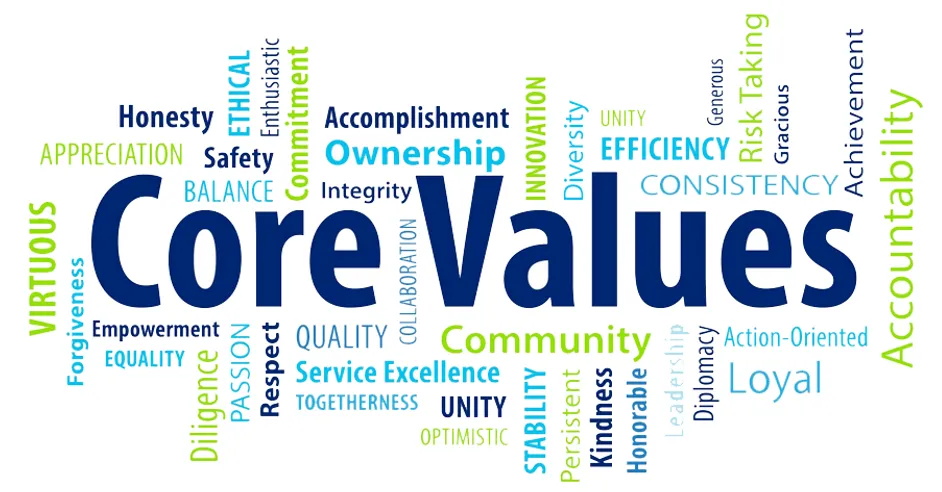
Most conventional companies get alignment through an organic mixture of explicit policies and procedures combined with a largely implicit set of behavioral norms which people are expected to adhere to. But of course that has some problems.
In this video, I explain my thinking on the proper use of company values, which I can summarize as the following:
Don’t use abstract company values (or principles) to get alignment in how people act or make decisions. In other words, don’t make them binding in any way (i.e. don’t use them prescriptively).
But, and this is equally important, that doesn’t mean that company values shouldn’t be defined. In fact, I’ve come across at least three different use cases:
- Providing Context. Values or principles can be useful as an interpretive frame of reference (i.e. providing the “spirit” or the law, not just the “letter” of the law).
- Marketing. Values can be useful for communicating to external parties (e.g. investors, customers, etc.) something the company believes to be generally true about itself (while still not making the values themselves binding).
- Identifying Unintended Biases or Preferences. Groups, like individual people, tend to have preferences they are unaware of, and therefore company values can be useful as the outcome of a targeted inquiry into the culture’s actual enacted biases, not its espoused ones.
All three of these use cases understand and operationalize company values in a descriptive way, not a prescriptive way (see, “Why You Shouldn’t Expect Favors” for more on what I mean by this).
Admittedly, the video and my explanation are VERY ROUGH. I’m sharing it now because I’ve got a huge backlog of content I need to publish, and some of it includes or builds off this model. I’ll definitely revisit it and polish it up later.
As always, I’d love to hear your reactions, or answer any questions.
Additional Resources
- My video on the difference between descriptive and prescriptive expectations, called “Why You Shouldn’t Expect Favors.”
- Brian Robertson’s article on The Limits of Company Values.
- Here is a video of Brian going into much more detail on his thinking about the limits of company values.
Academic Research
To learn more about self-management, join a community of pioneers and check out our e-learning suite → Self-Management Accelerator
